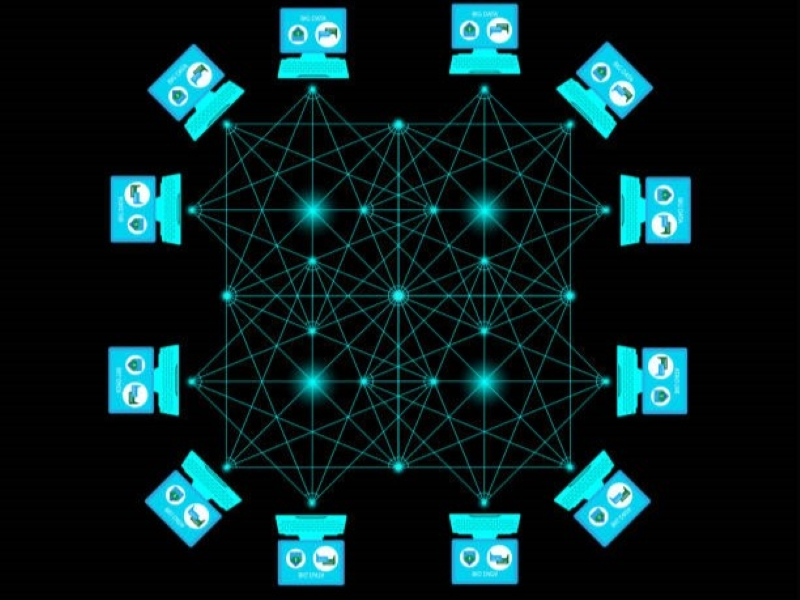- A ring network topology is a type of network configuration where each device (node) is connected to exactly two other devices, forming a circular pathway for data.
- Ring network topology is often used in environments where its benefits align well with the network’s needs, such as in certain types of local area networks.
Designing network infrastructures requires careful consideration of topology to achieve efficient communication and reliable performance. Among the traditional network topologies, the ring network topology stands out. Even with the emergence of various modern networking designs, the ring topology continues to be a foundational element in network architecture. In this blog, we will explore what sets the ring network topology apart, its advantages, and its real-world applications.
What is a ring network topology?
Ring network topology is a network setup where each device (node) is connected to exactly two other devices, forming a circular or ring-like structure. In this topology, data travels around the ring in a unidirectional or bidirectional manner until it reaches its destination. This circular arrangement creates a predictable flow of data and a structured method for communication between devices.
How does it work?
In a ring network, each device is directly linked to its two neighbouring devices, creating a continuous loop. Data is transmitted from one device and travels around the ring in a specific direction in a unidirectional setup, or in both directions in a bidirectional setup, until it reaches its destination. Each device functions as a repeater, regenerating the signal to ensure efficient data transmission throughout the network. Bidirectional rings offer greater fault tolerance since data can still circulate in the opposite direction if one path fails, preserving network connectivity. Conversely, in a unidirectional ring, a single failure can disrupt the entire network unless preventive measures are implemented.
Also read: What are the types of cables used in networking?
Also read: How does an internet exchange point work?
Advantages of ring network topology
Predictable performance: Due to its structured data flow, ring topology often provides more predictable performance compared to other topologies. Each device handles data in a systematic manner, leading to consistent network behaviour.
Simple installation: Ring networks are straightforward to set up. With a clear, circular connection pattern, configuring and managing the network can be more manageable, especially in smaller networks.
Data integrity: The circular data path reduces the likelihood of collisions, as each device has a dedicated path for sending and receiving data.
Applications of ring network topology
1. Local area networks (LANs): Ring topology is often used in LANs where reliable, predictable performance is essential. Its structure is well-suited for environments where high availability and consistent communication are crucial.
2. Metropolitan area networks (MANs): In metropolitan networks, ring topology can help ensure stable communication over larger geographic areas. The bidirectional ring variant is particularly useful for maintaining connectivity in case of network failures.
3. Legacy systems: Many older networks and legacy systems still employ ring topology due to its historical significance and established technology.

